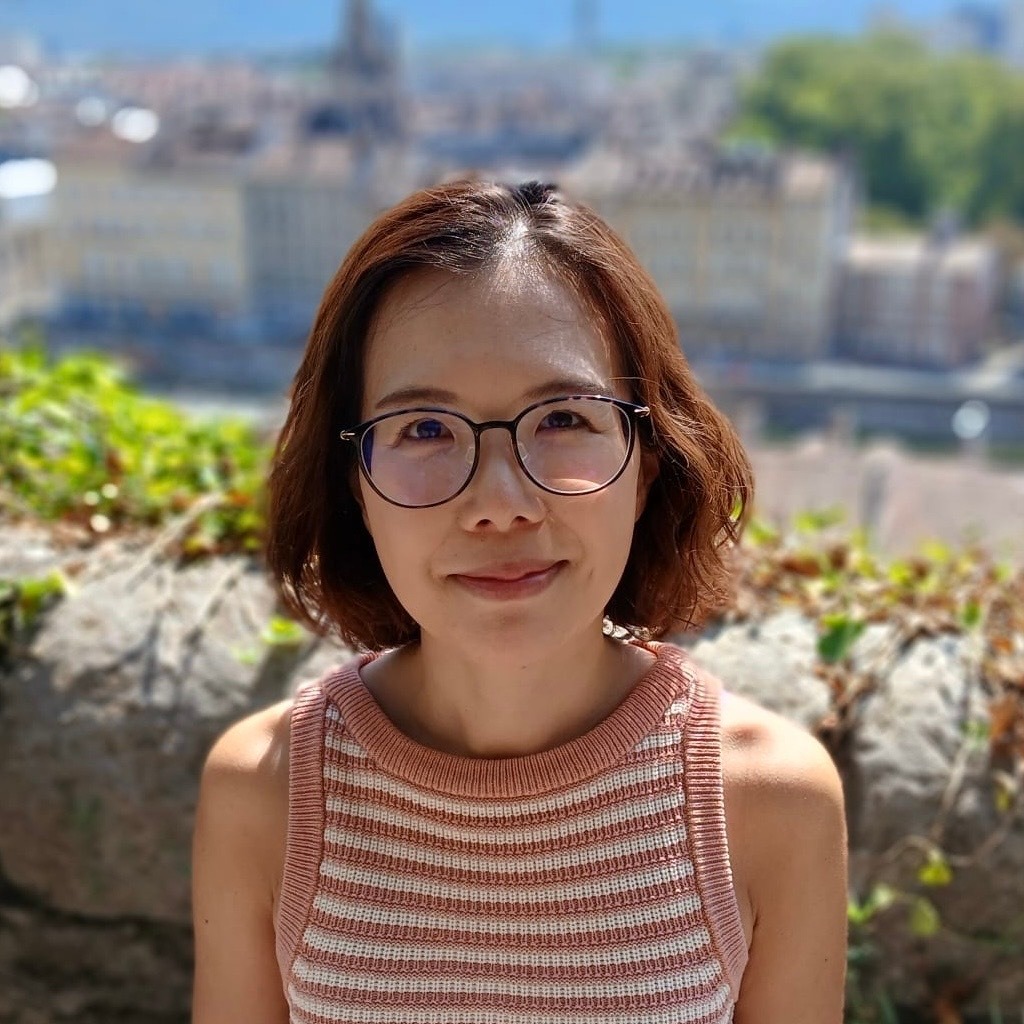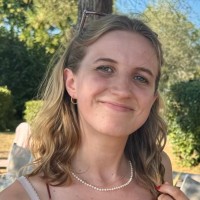
Overview
Our work on perceptual consciousness, metacognition and brain-computer interfaces
We combine psychophysics, computational modeling and invasive electrophysiology to study the mechanisms that lead neurons in our brain to give rise to our perceptual experience of the world and the associated confidence or lack thereof. We are also interested in explaining how this mechanism dysfunctions, leading to hallucinations and doubt in psychiatric and neurological pathologies. This work is supported by an ERC Starting Grant led by Michael Pereira at the Grenoble Institut des Neurosciences in Grenoble, France.
Public event on consciousness and intelligence.
New paper out by François Stockart on evidence accumulation in the absence of reports!
New paper out by Dorian Goueytes on intracranial correlates of confidence.
Pauline Laurent just joined our group to study habituation and metacognition in obessive-compulsive disorder. Welcome!
François Stockart successfully defended his thesis on Electrophysiological and Computational Study of the Role of Evidence Accumulation in Perceptual Consciousness. Congratulations!
Two new preprints on evidence accumulation in discrimination by Dorian Goueytes and in detection by François Stockart.
Artemio Soto Breceda just joined our group as a postdoc to develop computational models of the temporal unfolding perceptual experience. Welcome!
Shiva Mahdian just joined our group to search for neural correlates of consciousness that follow the temporal unfolding of our perceptual experience. Welcome!
Aziza Chebil just joined our group to study hallucinations in Parkinson's disease. Welcome!
Our collaborative review about domain-general metacognition is published in Nature Reviews Psychology
Our work on metacognition when detecting visual deviation with Indrit Bègue and others is published in Journal of Neuroscience
The Team
*, $ = equal contribution
Projects
Perceptual consciousness and hallucinations
We test if evidence accumulation explains how our conscious experience unfolds over time and leads to hallucinations in Parkinson's disease.
Confidence or doubt
We are also intersted in understanding the mechanisms underlying the monitoring of our cognitive states which lead to confidence or doubt, especially in obsessive-compulsive disease.
Neurotech
We also like to apply engineering tools to decode brain signals and stimulate with the long-term goal of providing therapies for neurological and psychiatric diseases.
Join us
Coming soon: postdoctoral position in electrophysiology and master thesis projectsContact
Grenoble Institut des Neurosciences
Bâtiment Edmond J. Safra
Site Santé
38706 La Tronche Cedex
France
+41 79 409 97 46
Click here to email us

















